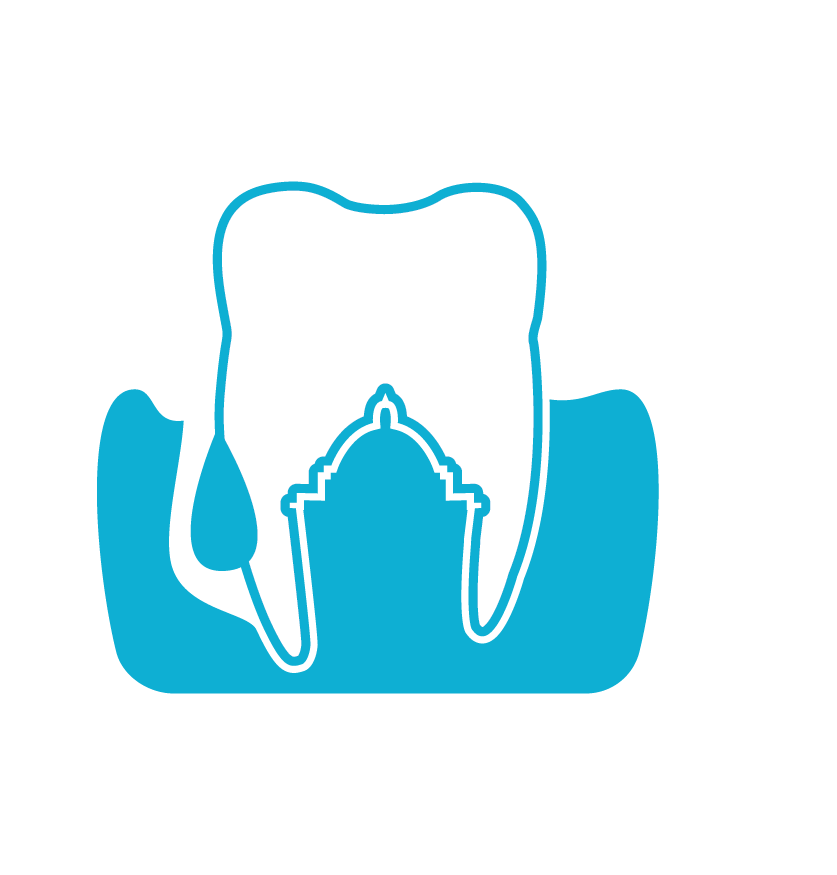

Gum disease is inflammation of the tissues supporting the teeth. There are two forms of gum disease: gingivitis and periodontal disease. Gingivitis is inflammation of the gums. This is when the gums around the teeth become red and swollen. The gum usually bleeds with brushing. There is usually no pain in the mild form of the disease but pain could present itself if left untreated.
Periodontal disease can progress from long-standing gingivitis. Periodontal disease affects the supporting tissue of the teeth and the bone around the roots start to ‘dissolve’. The teeth will eventually become loose and may in time fall out.
Most of the population suffers from some form of gum disease and it is the major cause of tooth loss in adults. Unfortunately, gum disease progresses painlessly and most people are not aware of bone loss in the early stages. At the practice we will check for signs of the disease with every check-up. The cuff of gum around the teeth will be measured to see if there is any evidence that periodontal disease has started. X-rays may also be taken to look for signs of bone loss.
All gum disease is caused by plaque. Plaque is a film of bacteria that forms on the surface of the teeth and gums every day. To prevent and treat gum disease, you need to make sure you remove all plaque from your teeth every day. This is done by brushing and flossing. Most people will benefit from a visit to a hygienist on a six monthly basis. The hygienist will give the teeth a very good cleaning which will make it easier for the patient to clean daily. The hygienist will also advise and monitor the patient’s home cleaning techniques. In advanced cases the hygienist might want to see the patient more often.
Periodontal disease is never cured but as long as you keep up the proper home care, any further loss of bone will be very slow and may stop altogether. You must make sure you remove plaque every day and return for regular check-ups with your dentist and hygienist.
